Canvey's Wildlife
Butterflies, Bees and Dragonfly etc
Why on a heritage website should we have anything about wildlife?
Good question, but surely Canvey’s wildlife is part of our heritage. Long before Canvey was heavily populated in the twentieth century, Canvey was famous for its insect life with Victorian amateur entomologists coming from afar to collect them.

Peacock Butterfly on a Buddlea bush
Buglife has worked hard to get Canvey Wick designated as a SSSI (Site of Special Scientific Interest). Canvey Wick has been described as ‘a little brown rainforest’ by Natural England Officer Dr Chris Gibson. For the uninitiated a rainforest is one of the areas where the biodiversity (the variety and richness of the number of species) per square foot is much higher than other areas. Although Canvey Wick is not exactly a rainforest it should not divert us from the fact that the number and variety of invertebrates cannot be found anywhere else in the UK. There are also many grassland plants such as Orchids, who would of thought we had Orchids growing on Canvey!
The RSBP has purchased the West Canvey Marshes from Morrisons to make into a nature reserve eventually connecting up to Wat Tyler Country Park via the Pitsea Tip which will become part of a much larger Country Park. Ambitious but it is what Canvey needs and it will be good for Canvey’s people and wildlife.
We have a newly formed Canvey Island Wildlife Conservation Group who are particularly interested in the damage done to the banks by speed boats and the effect litter has on the wildlife in Tewkes and Benfleet Creek.
Then we should not forget the wildlife in our own back yards. I have many neighbours of the Flora and Fauna families living in my garden. I have a fox living next door, who loves to sun himself in the garden. I get loads of butterflies and lots of birds with my favourite being the Robin. I have found frogs, toads and hedgehogs. I even had a badger in my front garden. Then there are the usual snails, slugs and caterpillars, not to mention earwigs (I just hate those). I recently found a slow worm whilst thinning out one of my shrubs, thinking at first it was a snake I just about managed to stop myself from running so that I could have a good look making mental notes for identification. Imagine my relief when I found out it was just a slow worm (legless lizards). Phew………………………..
Below are just a few of the “wildlife” I found in my back garden. What is in yours?
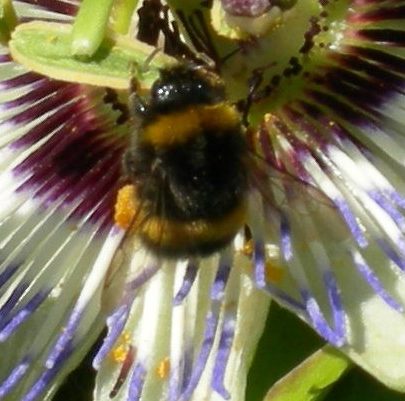
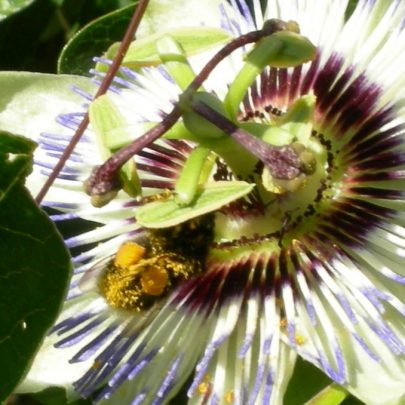
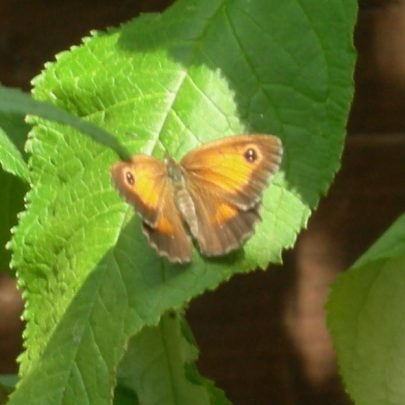

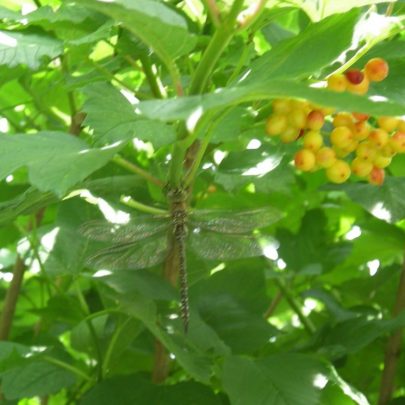
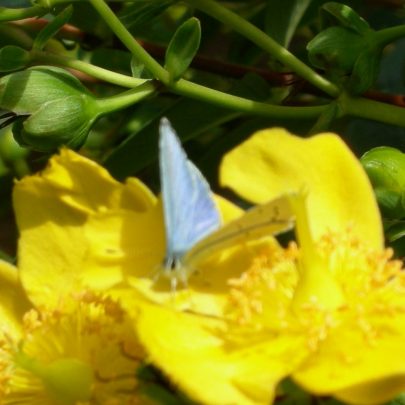
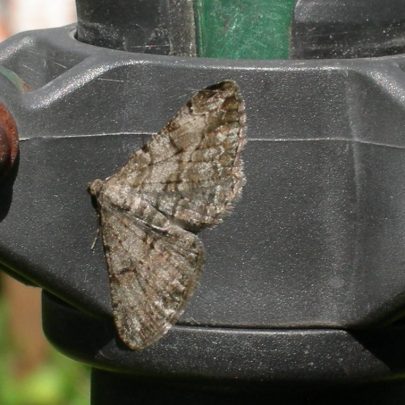
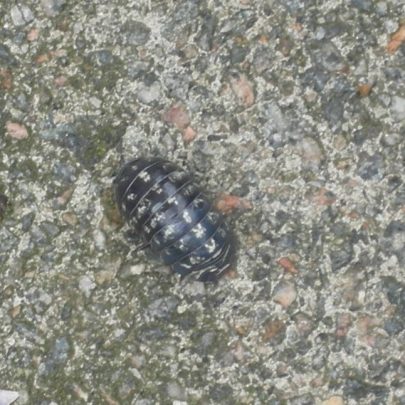

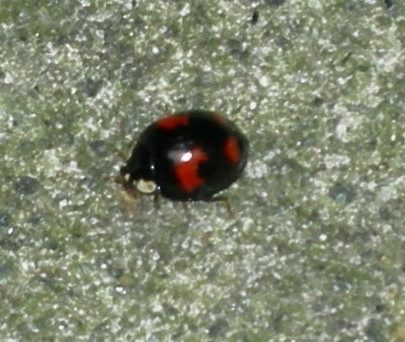






Comments about this page
About the wildlife on the island. My earliest memories of it started in 1943 with the sound of Curlew. There was always the sound of Curlew on the Island. In fact I still associate Canvey in my mind with that call…that and the fog.
At certain times of the year when the tide came in, I think it must have been autumn, the sky would turn black with massed flocks of Snipe. Then the Mallards would flutter in from somewhere further upriver and wheel around over the point and settle down to feed.
It was an awsome sight for a London lad to see.
Just after the war, about 1946, dad and one of his school buddies from London, Bert Mole, who I think started up a butchers shop on the Island somewhere, used to come down with shotguns and stay the weekend. It must have been legal.
Dad and Bert and Jacky Fenwick from down the Point would go out at night just before the tide came in and wait for the birds. They would sit in a hide and wait…then you’d hear the crack of the shotguns.
In the mornings we would wake up to find ducks, geese and snipe all hanging up on the coal cellar door next to the outside toilet out the back.
It kept us well fed for several years after the war because food was actually harder to get then than it was during the war.
I would guess all that duckshooting is banned by now.
Add a comment about this page